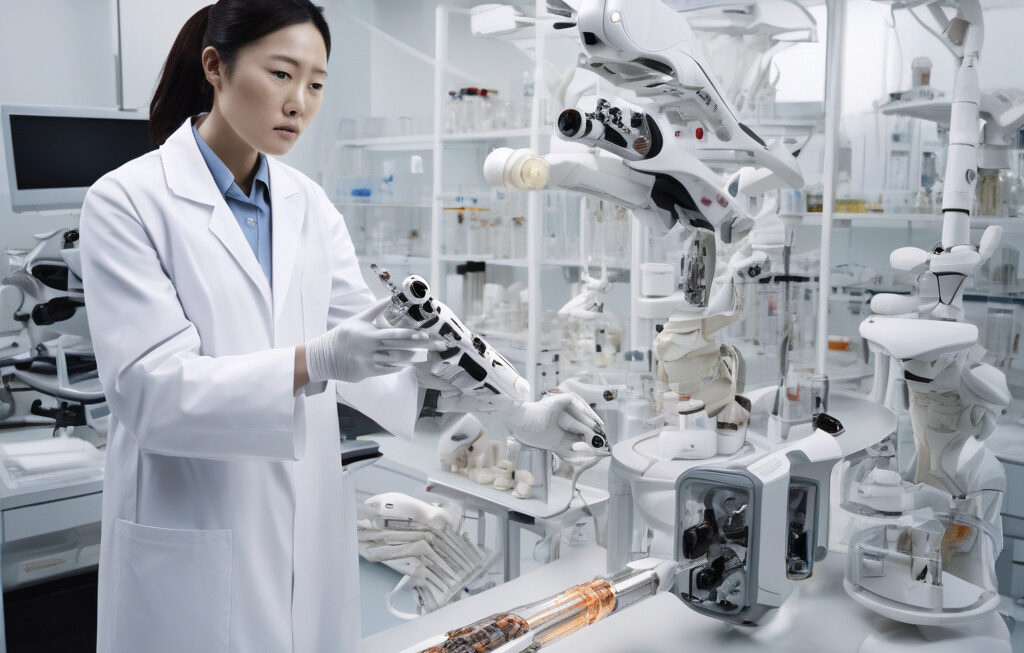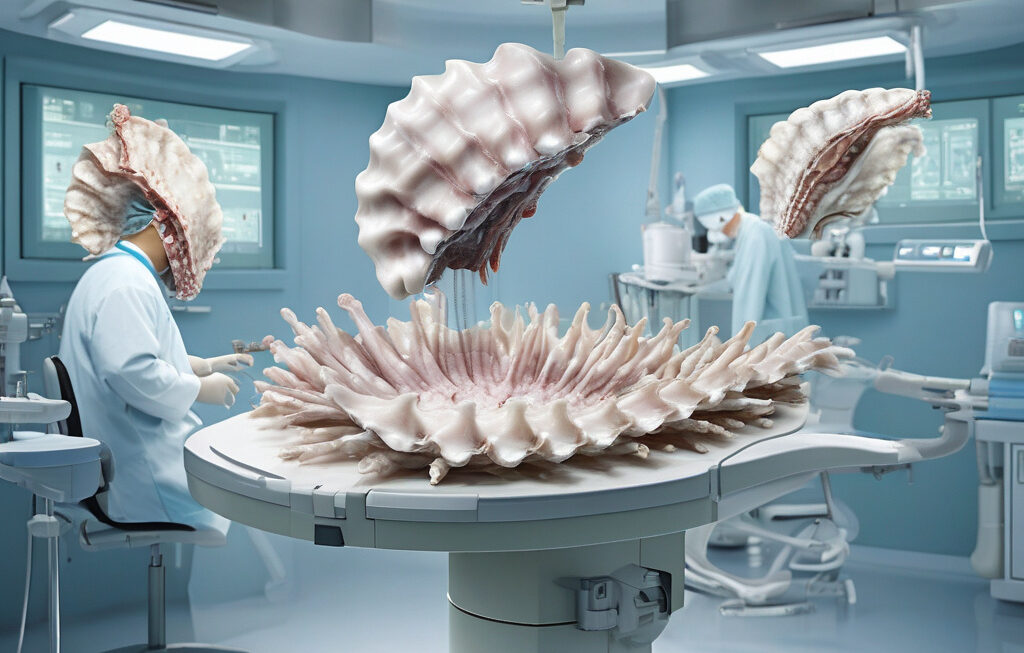New Scaffold Implant Shows 185% Stronger Bone Regrowth Than Traditional Materials
Broken bones often heal naturally with time, a cast, or a brace. But when fractures are severe or complex, medical intervention is required to ensure proper healing and regrowth of the bone. In recent years, a groundbreaking innovation in the field of orthopedics has emerged – a new scaffold implant that demonstrates a remarkable 185% increase in bone regrowth strength compared to traditional materials.
This new scaffold implant is a result of extensive research and development in the medical industry, aiming to provide more effective solutions for patients with challenging bone fractures. Unlike conventional materials like metal plates or screws, the scaffold implant is made of biocompatible materials that mimic the natural structure of bone, promoting faster healing and integration with the surrounding tissue.
One of the key advantages of the new scaffold implant is its ability to stimulate the body’s natural healing process. By providing a framework for bone regeneration, the implant encourages the growth of new bone tissue and blood vessels, ultimately leading to stronger and more resilient bone formation. This innovative approach not only accelerates the healing process but also reduces the risk of complications such as infections and implant rejection.
In addition to its superior regrowth properties, the new scaffold implant offers a customizable design that can be tailored to each patient’s specific needs. Orthopedic surgeons can now create personalized implants based on the patient’s anatomy, ensuring a perfect fit and optimal support for the healing bone. This level of customization is a game-changer in the field of orthopedic surgery, as it allows for better outcomes and faster recovery times for patients.
Furthermore, the new scaffold implant has been extensively tested in clinical trials, demonstrating its safety and efficacy in promoting bone regrowth. Patients who received the implant reported significantly reduced pain levels, improved mobility, and faster return to daily activities. These positive outcomes highlight the potential of this innovative technology to revolutionize the treatment of complex bone fractures and injuries.
As the demand for advanced orthopedic solutions continues to grow, the development of the new scaffold implant represents a significant milestone in the field of regenerative medicine. With its unparalleled strength and regrowth capabilities, this implant has the potential to improve the lives of millions of patients worldwide who suffer from debilitating bone conditions.
In conclusion, the new scaffold implant is a game-changing innovation that offers a 185% increase in bone regrowth strength compared to traditional materials. By harnessing the body’s natural healing abilities and providing a customized approach to treatment, this implant sets a new standard for orthopedic care. As more research is conducted and technology advances, we can expect further enhancements in bone regeneration techniques, ultimately leading to better outcomes and quality of life for patients with complex fractures.
orthopedics, scaffold implant, bone regrowth, regenerative medicine, personalized treatment












